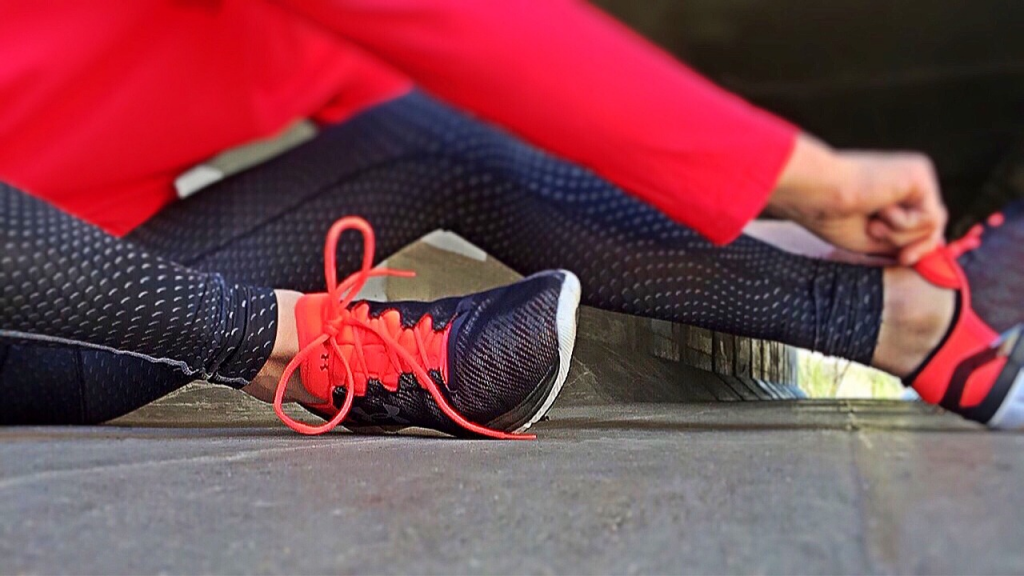
Introduction
Sustainability is no longer just a buzzword—it’s a movement transforming the fashion industry, including the activewear sector. As more consumers prioritize ethical choices, brands are responding by designing workout gear that’s not only functional but also environmentally responsible. But what makes activewear sustainable? How does it compare to traditional gym gear? In this article, we explore the world of eco-friendly activewear, its benefits, challenges, and the top brands leading the charge.
The Rise of Sustainable Fashion
Sustainable fashion is no longer a niche market—it’s a growing industry trend fueled by eco-conscious consumers and innovative brands.
Changing Consumer Awareness
Today’s consumers want more than just stylish and high-performing activewear; they want transparency in how their clothes are made. People are asking critical questions: Is my gym wear made with toxic chemicals? Were workers paid fair wages? These concerns are shifting the industry towards ethical and sustainable production.
Environmental Impact of Traditional Activewear
Most conventional activewear is made from synthetic fabrics like polyester and nylon, which are derived from petroleum-based sources. The production of these materials requires large amounts of water and energy and releases microplastics into the environment when washed. With growing concerns about climate change and ocean pollution, sustainable alternatives are becoming increasingly necessary.
What is Sustainable Activewear?
Definition and Core Values
Sustainable activewear refers to fitness apparel designed with minimal environmental impact. This means using eco-friendly materials, ethical labor practices, and innovative production techniques to reduce waste and pollution.
Key Features of Ethical Workout Gear
- Eco-friendly fabrics: Use of organic, recycled, or biodegradable materials.
- Fair trade production: Ensuring fair wages and safe working conditions for garment workers.
- Durability: High-quality materials that last longer, reducing waste.
- Low-impact dyes and treatments: Avoiding toxic chemicals in manufacturing.
Sustainable Fabrics and Materials
Organic and Natural Fibers
Materials such as organic cotton, hemp, and bamboo are becoming popular choices for activewear due to their biodegradable properties and minimal environmental impact.
Recycled and Repurposed Materials
Recycled polyester, made from discarded plastic bottles, is a game-changer in sustainable activewear. Brands are also repurposing old garments and industrial waste to create high-performance workout clothes.
Innovative Eco-Friendly Fabrics
Technological advancements have introduced new sustainable fabrics such as:
- TENCEL™ (Lyocell): Derived from wood pulp, offering softness and breathability.
- Econyl®: Regenerated nylon made from ocean waste like fishing nets.
Ethical Production Practices
Fair Trade and Labor Standards
Ethical brands prioritize fair wages, safe working conditions, and cruelty-free production. Consumers can look for Fair Trade and other sustainability certifications to ensure responsible sourcing.
Reducing Carbon Footprint in Manufacturing
Sustainable activewear brands are adopting eco-friendly practices, such as using solar-powered factories, reducing water waste, and implementing zero-waste production techniques.
Design Innovations in Sustainable Activewear
Merging Style with Sustainability
Gone are the days when sustainable fashion meant dull, boring clothes. Today’s eco-friendly workout gear is as stylish as it is ethical, offering trendy cuts, bold colors, and modern aesthetics.
Customization and Multi-Functionality
Some brands offer customizable activewear that reduces waste and allows consumers to create personalized fits. Additionally, multi-purpose clothing—such as leggings suitable for both workouts and casual wear—helps reduce unnecessary purchases.
Benefits of Ethical Activewear
Environmental Benefits
Sustainable workout gear significantly reduces carbon emissions, water usage, and landfill waste compared to conventional fitness apparel.
Social and Economic Impact
By supporting sustainable brands, consumers help promote ethical labor practices and fair wages while encouraging innovation in eco-friendly materials.
Market Trends and Consumer Demand
Celebrity and Influencer Endorsements
Many celebrities and fitness influencers are advocating for sustainable activewear, making ethical choices more mainstream and accessible to the public.
Successful Sustainable Brands
Brands like Patagonia, Girlfriend Collective, and Pangaia have gained popularity for their innovative eco-friendly workout gear, proving that sustainability and performance can go hand in hand.
Challenges Facing Sustainable Activewear
Pricing and Accessibility Issues
One major challenge is cost—sustainable fabrics and ethical production processes often make eco-friendly activewear more expensive. However, as demand grows and production scales, prices are expected to decrease.
Balancing Style and Eco-Friendliness
While sustainable options are improving in aesthetics, some consumers still struggle to find designs that match their personal style. Brands are now focusing on combining fashion and function without compromising sustainability.
The Future of Ethical Activewear
Emerging Technologies and Materials
The future of sustainable fitness fashion lies in cutting-edge developments like biodegradable fabrics, lab-grown textiles, and waterless dyeing technologies.
Role of Policies and Regulations
Governments and regulatory bodies are playing a crucial role in promoting sustainability through stricter environmental laws and incentives for eco-friendly manufacturing.
Conclusion
Sustainable activewear is more than just a trend—it’s a revolution in fitness fashion. As brands continue innovating and consumers make more conscious choices, ethical workout gear will become the norm rather than the exception. By supporting sustainable brands, we can help create a greener, healthier planet—one workout at a time.

Frequently Asked Questions (FAQs)
- What makes activewear sustainable?
Sustainable activewear uses eco-friendly materials, ethical labor practices, and low-impact manufacturing processes to minimize environmental harm. - Are recycled fabrics as durable as traditional materials?
Yes! Recycled polyester and other sustainable fabrics are engineered to be just as durable, moisture-wicking, and flexible as conventional materials. - Is sustainable activewear more expensive?
Generally, yes, due to ethical sourcing and eco-friendly production. However, prices are expected to decrease as the market grows. - How can I ensure my activewear is truly sustainable?
Look for certifications like Fair Trade, GOTS (Global Organic Textile Standard), and Bluesign® to verify ethical and sustainable production. - What are some top brands offering sustainable activewear?
Leading brands include Patagonia, Girlfriend Collective, Tentree, and Wolven, all of which prioritize eco-friendly materials and ethical labor practices.








